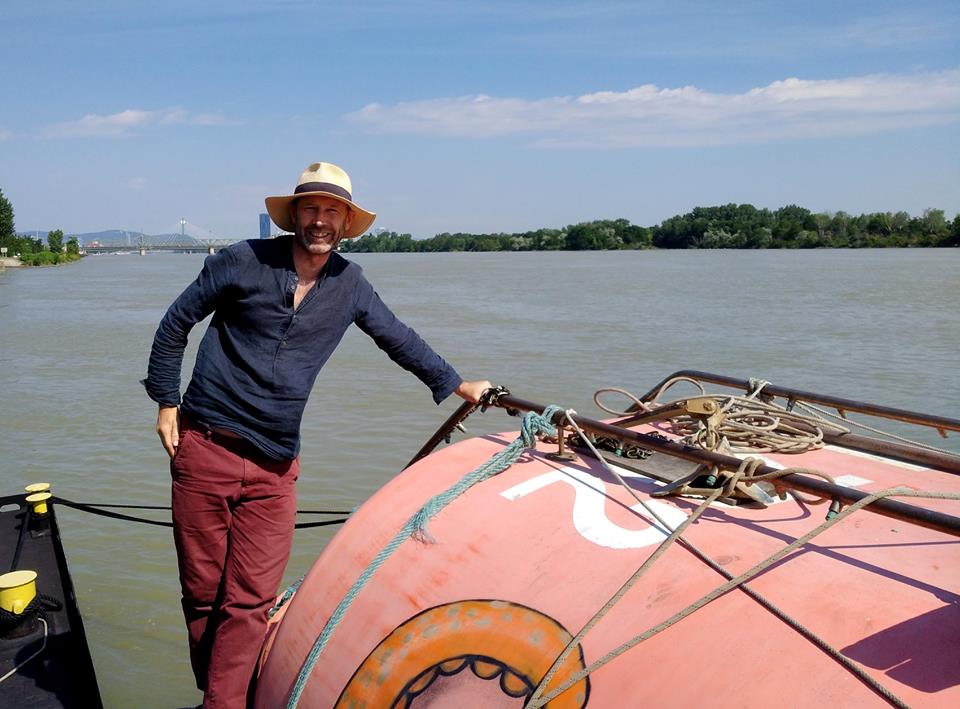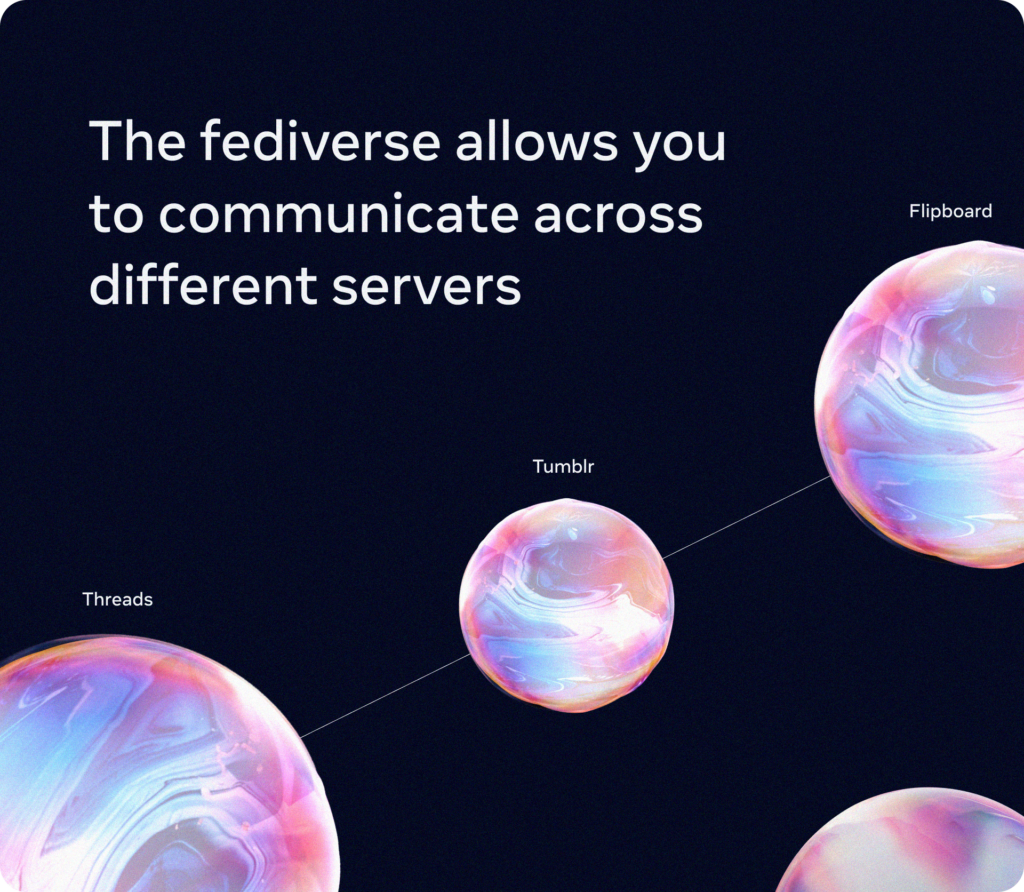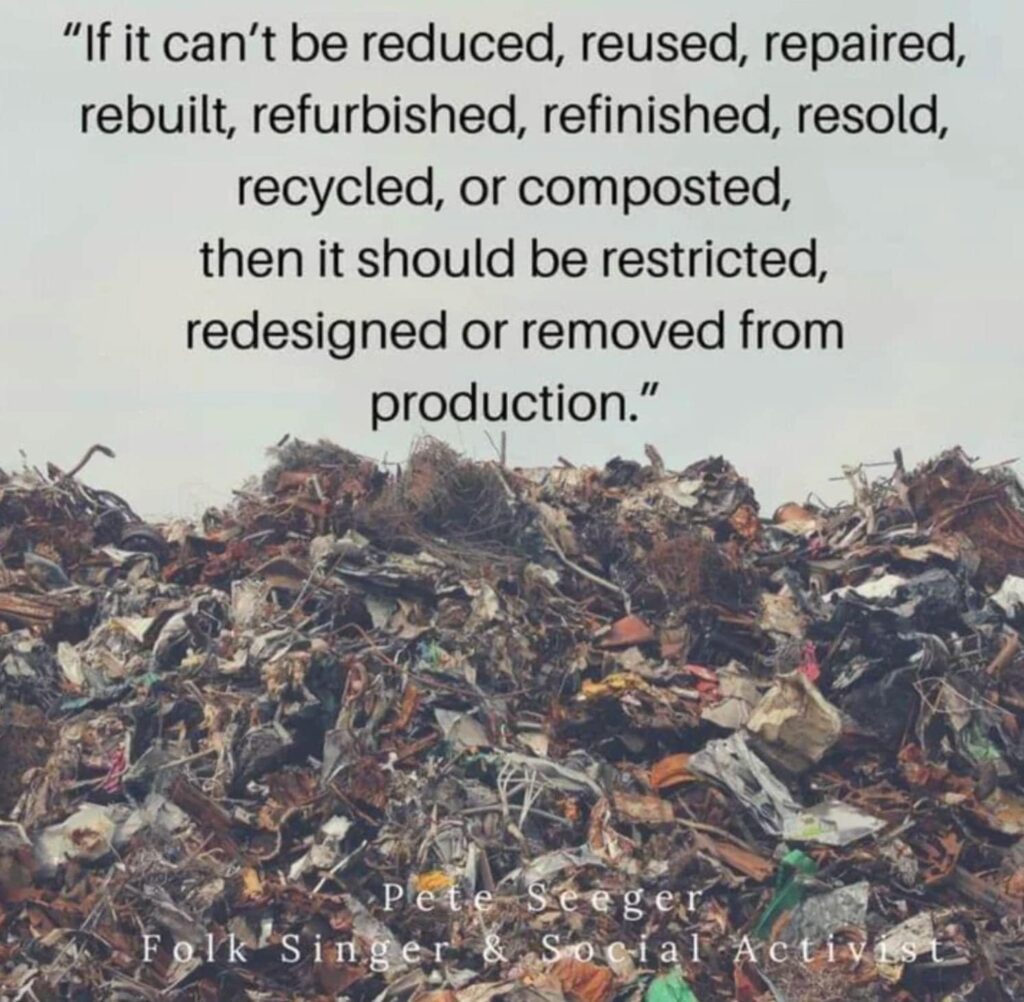For forty years, we’ve been steeped in a dominant, and largely invisible ideology I call here the #deathcult, which is a metaphor for the relentless spread of #neoliberalism that has reshaped our social, economic, and technological systems in very destructive ways. Alongside this, the rise of #dotcons (corporate, centralized tech platforms) over the past twenty years has distorted the path of the internet and #openweb, steering it away from #4opens collaboration and into monopolized, extractive business models. We’re have been living the fallout now for the last ten years: a fractured digital landscape built on artificial scarcity and closed systems of control. This article explores the roots of this ideological mess and touches on the return to community-oriented solutions, rooted in collective ideals, through projects like the #fediverse and a renewed #openweb.
Neoliberalism, is the driver of our current crisis, is anti-social at its core, cutting shared resources and social spaces in favour of so-called “efficiency” and profit, leading to what I call in the hashtag stories the #deathcult – a mindset where profit pushes over life, social well-being, and environmental health. This ideological control permeates our sense of “common sense,” bending it to fit a world where exploitation is not just tolerated but expected. With our head down worship, we’ve been pushed to accept social and environmental sacrifices as the price of “progress”, instead of recognizing them as a sign of systemic failure.
The #dotcons and digital enclosure of our commons, has changes the path of the internet, which was originally built to be an open and decentralized platform. Yet, the past two decades of “#dotcom” culture transformed it into a centralized, corporate-controlled ecosystem that discourages innovation and subverts people’s and community autonomy. Companies like Google, Facebook, and Amazon thrive by enclosing the commons, creating walled gardens where data and attention are commodities for sale and control. This shift, which we all played a role in, has stifled alternative voices and projects, pushing out grassroots initiatives in favour of profit-driven silos.
The dotcons path exploits not just users’ data but the very concept of community, turning every interaction into controlling people for private profit. At long last, we’re now seeing a response in the form of projects like the #fediverse and #activertypub, which decentralize and reclaim digital space from these corporate giants. However, without collective action and a shared vision, this new path remains under threat of co-option from these corporate interests, with #dotcons and #VC funded #threads and #bluesky both being pushed into this “commons” we have spent years opening.
On a parallel path of the last 20 years, we have been suffering from a #geekproblem: a cultural fixation within the tech community on solving social issues through purely technical means, in ways that exclude non-technical people. Encryption, for instance, is a valuable tool for privacy but isn’t a universal solution to all social or technological issues. The “more encryption” mindset neglects the importance of building trust and understanding in online communities, focusing instead on individual security in isolation.
For example, with projects like #nostr when encryption becomes the end-all solution, we’re left with technology that is impenetrable to regular people, creating more barriers than it removes. The challenge isn’t just technical, it’s social. We need to mediate the geek-centric approach with practical, accessible solutions that empower people, not only a few tech-savvy minorities.
A basic #KISS and #nothingnew path, can help to mediate these issues, they are concepts that encourage us to revisit old, tried-and-true solutions rather than reinventing the wheel in ways that add complexity. Complexity and “innovation for innovation’s sake” leads to, too much, #techshit, overly complicated tech that serves no one but its creators. The KISS path reminds us that simplicity growes inclusivity. If we want more people to engage with the #openweb, we need to create tools that prioritize accessibility and usability over complex features. The #nothingnew philosophy supports this by encouraging us to look to the past for inspiration, reviving old ideas that worked instead of constantly chasing the latest #fashernista trends.
Hashtags are a useful tool for #DIY community organization, but in this era of #stupidindividualism, hashtags get dismissed as tools for self-expression or “fashion statements” (#fashernista). Yet, hashtags can serve a deeper purpose in organizing and connecting people around shared ideas and goals. Instead of using hashtags to show off, we can use them to build flows of mutual support and collaboration. The DIY ethos is central to this: organizing from the bottom up, using digital tools to strengthen offline communities and collective action.
Embracing collective paths, one of the main issues that fractured early movements, like #indymedia, was the inability to work collectively. The culture of individualism championed by neoliberalism crept into activist spaces, weakening them from within. Reclaiming the openweb means reclaiming collective processes, where shared resources and collaborative decision-making are balanced with individual control. We need native digital spaces where communities work together, rather than being siloed into “users” isolated by individualistic platforms.
Moving forward is now about composting the #techshit, a path to compost the tech detritus of the past two decades, the techshit accumulated through#NGO funding of misguided projects and closed systems. Just as composting turns organic waste into fertile soil, we can take the lessons of past failures to create a thriving, resilient commons reboot. By fundamentally abandoning the pursuit of artificial scarcity and focusing on shared abundance, we foster this better, more humane path.
For this to work, we need to address the #geekproblem by placeing as much value on social solutions as we do on technical ones, to create tech that supports community needs rather than hindering them. This path values process over product, relationships over transactions, and social well-being over profit.
Ultimately, the choice is clear: continue worshipping at the altar of the #deathcult, or support the “native” path with the openweb. The former is the path we are on now, of escalating, isolation, environmental destruction, and social disintegration, while the latter offers a chance at connection, collaboration, and resilience. This path won’t be easy, but it’s worth the effort to avoid being subsumed by the dominant, #deathcult story we repeat to oftern to ourselves.
As we work to reboot old systems and build better ones, let’s ask ourselves: What are we helping to reboot today? By choosing collective action over individualism, KISS over complexity, and cooperation over control, we can step away from the current mess and plant the seeds for hope and survival.
Lift your head, dirty your hands we have a world to plant








